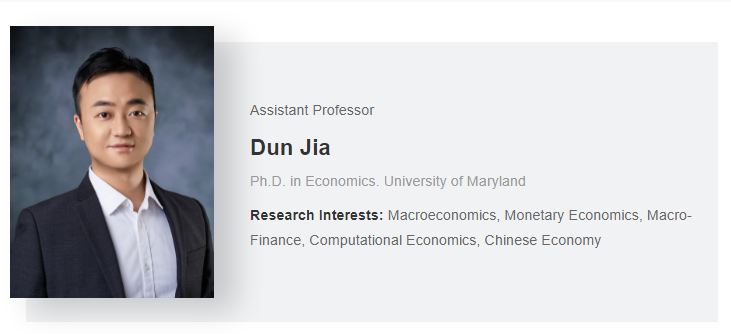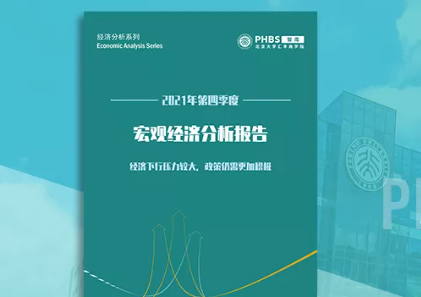Maintaining market efficiency oftentimes involves balancing the trade-off between allowing for increasing production concentration among a small number of highly productive firms and decentralizing operations across many manufacturers simply for sustaining market competition. Classic theories on price competition find that a more productive firm may optimally adopt a very aggressive pricing strategy, by which competing firms with low productivity would be pushed to exit the market when they are consistently facing an extremely low price set by the highly productive firm. Aggressive pricing strategies therefore leverage up a more productive firm by killing market competition prematurely and helping establish its long-run market status as a monopolist. In particular, when a firm is achieving productivity advancement by undergoing greater reduction in the marginal cost of production by making more sales, i.e. the effect of learning-by-doing, aggressive pricing of the firm can speed up the monopoly-gaining process for a firm while decreasing the social welfare. Based on these findings, existing antitrust policies routinely regulate and penalize aggressive pricing actions in order to restore market competition.

In “Dynamic Price Competition, Learning-By-Doing and Strategic Buyers, ”a paper recently accepted by the American Economic Review, Assistant Professor Jia Dun and his coauthors, Andrew Sweeting at the University of Maryland, Hui Shen at the Chinese University of Hong Kong (Shenzhen), and Yao Xinlu at Amazon introduce the long-lived strategic buyers into classic models of dynamic price competition. In the new model, sellers benefit from learning-by-doing but buyers are critically important in the way that they are able to partly internalize the impacts of their purchase decisions on the dynamics of market structure evolution and, thus, on their future buyer surplus.
This paper, in particular, features the demand side that has been long neglected in the classic framework that has lasted for centuries. Specifically, buying consumers are strategic and forward looking, by which they can choose from which firm to buy products for consumption. Buyers know that buying goods from one firm only helps this firm reduce its marginal cost of production and gain technological know-how through learning-by-doing, and reinforce its market share to move closer to a monopoly status. Therefore, strategic buyers may optimally switch purchases across firms in a dynamic and optimal way and balance the operating efficiency of firms’ production over time. A larger degree of being strategic among buyers helps mitigate the likelihood of pushing a firm to become a monopolist in the long run while, at the same time, it benefits all buyers by enjoying the surplus from sustaining sufficient firm competition. Ultimately, being strategic maximizes buyers’ long-term utility. This paper finds that having strategic behaviors on the demand side can nullify, at least partially, the impacts of aggressive pricing of more productive firms and can completely kill the possibility of aggressive pricing when the motive of being strategic is strong enough. Therefore, longer-term market competition can be sustained among multiple manufacturers as a result of buyers’ efforts, and at the same time consumer’s welfare and social welfare can be improved.
This research has triggered interest across branches of economics and is rich for having theoretical contributions and broader policy implications. Firstly, the paper finds that even if there is a small fraction of strategic buyers with a low degree of strategicness, the multiple equilibria issue in the classic dynamic pricing framework is largely alleviated. Most importantly, the monopoly equilibria with low long-term social welfare and firms’ aggressive pricing can be eliminated. Consequently, the accommodative and competitive equilibria across comparably productive firms are being maintained in the short and in the long run.
Secondly, this paper has made ground-breaking methodological contributions to existing solutions of the dynamic pricing model. Given that the routinely used Homotopy algorithm helps determine only a partial set of equilibria, this new research introduces a novel recursive and back-tracking induction algorithm to verify whether a specific type of equilibrium with certain characteristics exists. For example, as for the aggressive-pricing equilibrium, it should be the case that once the leading firm takes the lead in making sales beyond some tipping point, its competing firm would always exit the market and make the leader a permanent monopolist firm. The recursive algorithm exactly provides the criterion to check the uniqueness of the pro-competitive market equilibrium by ruling out the equilibrium driven by aggressive pricing.
Thirdly, at the industry level, this paper suggests that considering the supply-side pricing behavior is insufficient to warrant antitrust review on big firms. Given that there are single and multiple important strategic and forward-looking buyers in many industries, for example, central and local governments along with state-owned companies in emerging market countries, buyers’ purchase decisions and their impacts on shaping the market structure should also be assessed to fully determine if a market is subject to an antitrust probe. Therefore, the pro-competitive regulation framework should be updated to consider the dynamic interactions between the supplies and the demands at the same time in certain markets. From the macroeconomic perspective, there are significant heterogeneities in market concentration of firms and pricing equilibria across industries. The effectiveness of monetary policy transmission into different industries and to firms therefore also depends on industry heterogeneities in terms of price flexibility and price competition across firms that are jointly affected by the buyer sides. Therefore, macroeconomic models featuring nominal price rigidity may be further developed to incorporate heterogeneities and competition at the industry level.

















